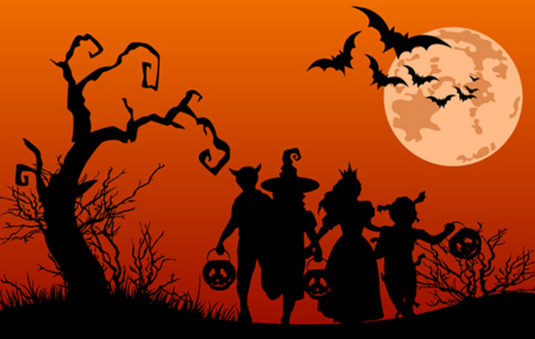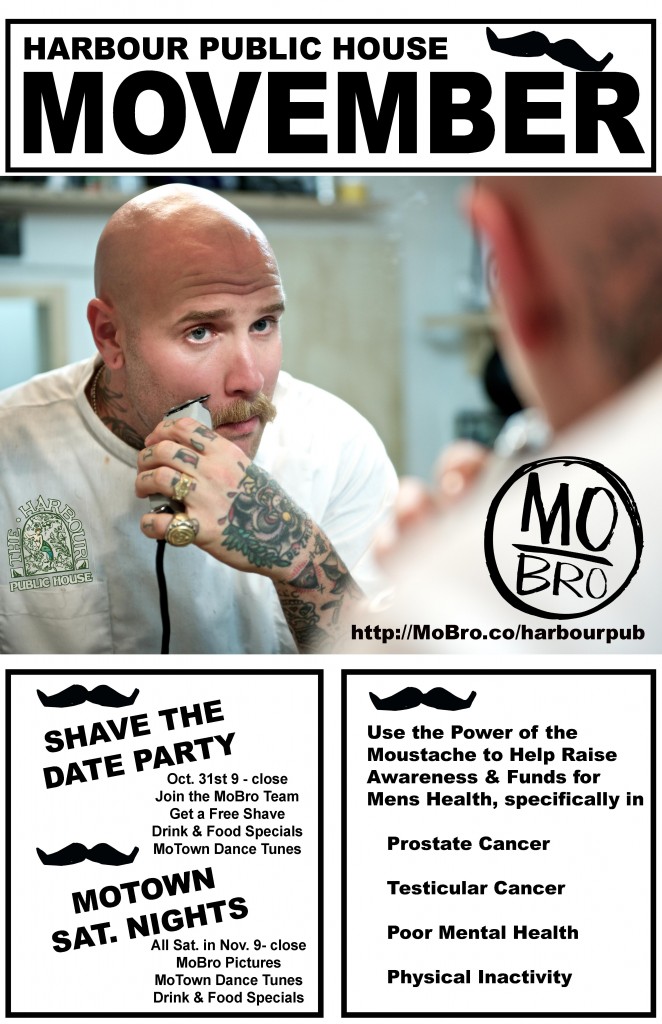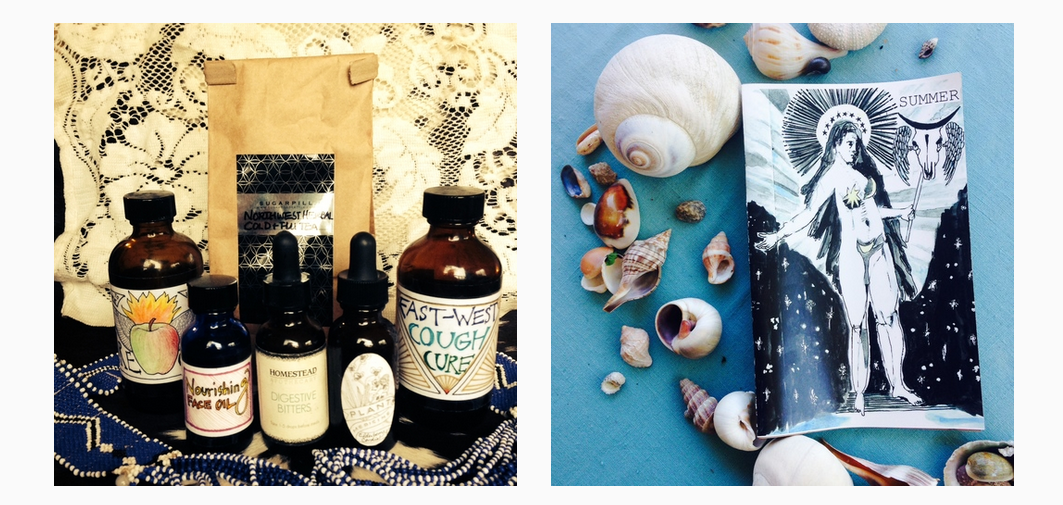The Ten Most Important Things To Remember This Halloween
October 30th, 2015

1. Halloween is the greatest day ever for kids.
All month, kids have been making Oreo spiders and chocolate mud with gummy worms, carving pumpkins and stretching bunches of cotton spider-webs across their front bushes. Night after night, children have been dreaming of their costumes and endless heaps of delicious, perfect, plentiful candy. So, if you’re going to participate in Halloween festivities this year, please, for the children, get into it! Make it your goal to create a Halloween as magical as yours were when you were young.
2. Choose a costume, not a culture.
There are thousands of Halloween costumes each year, which far exceed the “walking dead” theme that Halloween used to cater to when Pagans first celebrated the Holiday. Now, we dress as anything, from zombies to clowns to people in giant banana suits. Remember, though, that dressing up as another person’s race (associated with biology) or ethnicity (associated with culture) is not okay to do, as it trivializes the sacredness and importance of identity. Click here if you’re interested in learning more about this important issue.
3. Porch lights and decorations mean Trick-Or-Treaters!
If you don’t want little (or big) visitors, be sure to turn off your porch lights. It would also be kind to leave a large sign either on your door or fence that reads “Not Home!”
4. Bigger candy equals bigger success.
A lot of things have changed since we were kids, but one thing remains the same: giant candy bars are king. It’s no secret that after trick-or-treating, every kid runs home, dumps their candy, and sorts out the bogus from the major scores. Give these kids something to celebrate.
5. “Healthy” is not cool. Not tonight.
Sure, little packets of almond butter and tiny green apples are healthy and delicious ways to keep your community kids from earning more cavities this Halloween, but be sure to channel your inner child and keep the health food out of the equation—maybe the parents would love your nutritious snack while they’re out and about?
6. And neither are homemade treats.
Reason being: children have been injured by candy that was laced with drugs or had dangerous, sharp objects inserted into them. It feels unlikely that this could happen in our own community, but people are still creepy, and even though you’re not, it’s not worth the risk for parents to allow their little ones to eat homemade treats, so be sure to keep your treats individually wrapped and store-bought.
7. Halloween is a real life “The Purge” for teenage rebellion. Embrace it.
Pumpkins will be smashed. Candy will be catapulted through the sky, only to land with a splat across the sidewalk. By morning, toilet paper will adorn a few unlucky neighborhood trees, and your garden gnome will have somehow found its way to your neighbor’s door four houses down. Packs of teens, not unlike packs of unruly werewolves, will be prowling neighborhoods, acting crazy and having a great time. Have a talk with your teen about the consequences of vandalism, but give them the freedom to run around like, well, kids, and have a safe, fun time.
8. Kids still love—but hardly ever receive—Halloween riddles.
I’m not speaking from experience, because I never had to answer a riddle or a joke before receiving free candy as a child, but, apparently, a lot of lucky kids did! How fun is that? So ready yourself with an armada of jokes, riddles, and tongue-twisters, and ask your trick-or-treaters as they come to your door!
9. The ultimate challenge: “Take One” Bowls, and why they need to disappear.
Here’s the deal. If you don’t want to be “that neighbor” who doesn’t participate in Halloween, but also don’t want to put the effort in to answering the door, you need to find a better option than the infamous gigantic, tempting bowl brimming with candy with a small sign that says “Please Take ONE!” These kids are sugar-hungry, determined candy-collectors, and all it takes is one renegade to dump the whole thing in their bag and ruin the fun for others.
10. There’s a fine line between being fun scary and traumatizingly scary… walk it well.
On the other side of that coin, I do fully support a “Take One” bowl if the scenario is as follows: kids walk on porch, see a life-size mummy holding a bowl that reads “take one” and, as they reach to take one, the life-size mummy comes to life, letting out a low roar that gives the kids a gentle scare and some excitement. Sure, it’s scary, but it’s Halloween. What’s not okay is running toward kids from behind a door or bushes, or grabbing them in any way—let’s make this a FUN night to remember!
Contributed by Christine St. Pierre
Movember starts in just a few days
October 22nd, 2015

The Medicine Chest: Interview with Local Herbalist and Entrepreneur
October 22nd, 2015

Nora Harrington and her close friends are asking communities to rethink their medicine cabinets, bringing herbal remedies directly to your door. She and I shared a cup of virtual tea and chatted about her herbalism passion, entrepreneurial journey, and the love and intentions behind her recent endeavor, Medicine Chest Herbs. Pull up a chair and join us.
Christine St. Pierre: Starting a business on your own takes great planning, passion, and grit. What about herbalism moved you so deeply that you took it upon yourself to bring it to others?
Nora Harrington: Aw. Such a sweet question. Thanks for seeing that!
In my early twenties, I was pretty sick. I did my own research and found some great healers to help me, but a lot of the alternative modalities I wanted to try were just out of my budget (i.e. acupuncture and naturopathy). I had always been studying herbs and alternative health, but it wasn’t until a friend gave me a bottle of homemade bitters that I really got a taste of Western or Folk Herbalism. They cured me! Those bitters helped me so much. And I was astonished that I could go out and make my own batch after. I started cooking up a storm of herbal medicine and I felt deeply inspired by the accessibility and effectiveness of this medicine. Soon afterward, I enrolled in Herbalism School in Portland, and the rest is history.
When we were doing the first herb CSA, we got a lot of feedback from people that we were helping them learn about herbs, and I found that really inspiring, too. I started this business because I truly believe that the medicine we need is right outside our door, and that plant medicine belongs in our homes. It is an “accident” of the current culture that we do not automatically inherit a basic knowledge of how to heal ourselves with herbs and food. That’s why our little tagline is “Grandma Knows Best.”
St. Pierre: How did the seed for Medicine Chest Herbs become planted and grow into fruition?
Harrington: The idea for an herbal remedies CSA landed in my brain almost 4 years ago. My dear friend Heather Wolf and I were planning to attend herb school, but we needed to raise money. I had just started to make remedies at home and I had been giving them out to friends and family members, and I thought, “Why don’t I sign people up for this ahead of time?” So Heather and I started Remedies CSA called The Wheel Plant Medicine. We ran it for a year and had a wonderful time, holding some classes and herb walks, too. It helped us pay for school.
Then, after traveling to Europe two years ago, I decided I wanted to start the project again, but in a more financially viable way. (The Wheel had been all donation based.) I had the idea this time to partner with other small-scale herbalists; by finding other people to make the medicine, I could focus on curating the shares and creating the educational zine that comes with them. The zine is a great way for me to make art in the name of empowering people to heal themselves with herbs. It has been really rewarding.
Mirabai “The Magician” Troll is my business partner. Starting this project was overwhelming–I had never had a real business before and there were so many things that my witchy artist brain could short circuit on. Mirabai came on initially as “Head of the Problems Department,” but pretty soon after that joined the Medicine Chest as a partner. She now edits and contributes to the zine, runs most of our marketing, and generally makes the magic happen when it is most needed.
St. Pierre: How did you gather knowledge on herbalism?
Harrington: The bulk of my formal education was carried out at the School of Traditional Western Herbalism in Portland, which I attended for a year. Before that, I did an internship with an addiction rehabilitation center in Peru, where they use and sell to the public about 50 different medicinal herbs. In addition to various additional jobs and conferences, I continue learn from our participating herbalists.
St. Pierre: Say I’m a potential customer (because I am). How does the Medicine Chest work?
Harrington: Essentially, you order a package of herbs, and then, at the beginning of the next season, we send you the package, which is pretty much a treasure trove I must admit. If you live on Bainbridge, we will deliver it to your home. If you live in Seattle, you can also chose to pick up your share at the SugarPill on Capitol Hill.
So, you go to the website (www.medicinechestherbs.com). There, you have some options:
1. You can get a Full Share, which is a package 6 remedies and one Zine per season. If you buy the full share for the whole year—as in, you pre-order all four shares for the whole year—you save a little money. But you could also just buy the full share for the upcoming season, which in this case is winter.
2. Another option would be to buy a Half Share. The half share contains 3 items and one zine per season. Same deal here. You could get the Half Share for the whole year—all four half shares ordered at once—and you get a little discount. Or, you can get the half share for the upcoming season, which is around $39.
We also sell an Essentials Pack, which is a package of our most trusted remedies. It also comes with a little informational zine. Additionally, we sell a subscription to the zine only as well as individual products from the shares (all on the site). The zine is a place where I feel like I’m able to bring together a lot of different perspectives and tips on at-home herbalism.
St. Pierre: What are your intentions with the Medicine Chest?
Harrington: Our hope is for the Medicine Chest to continue on as a beacon of herbal education and outreach, maybe sprouting up localized branches or sister companies in other parts of the country. I think it would be best for there to be lots of small companies like the Medicine Chest. Our Medicine Makers wild craft most of their ingredients and make the medicine in small batches, which is ideal for serving the local community. The zines we are hoping to send out to bookstores across the region. We just landed them in Left Bank Books and Elliot Bay Books in Seattle.
We’d like to make this easier to navigate on the website.

St. Pierre: Who is Nora Harrington, the energy behind the Medicine Chest?
Harrington: I’m also a gardener for an amazing gardening company called Red Twig Fine Gardening, and for a huge vegetable garden for a local island family. I’m so grateful to be spending so much time in the dirt! Realistically, running a small business, a little home and a gardening job, takes most of my time, but when I’m free, you can also find me practicing with my band Boobface, planning Lady Church, doing Tarot Spreads for lost souls and making meals with my friends. Right now I’m drinking yarrow, elderflower and ginger tea because I’m warding off a cold.
The deadline for signing up for the winter share is November 23rd! It arrives December 14th, so it will be a great holiday thing if people are thinking ahead. Last year, we had a lot of people send the subscription as a gift to their friends and family members. (One lady seriously bought 8 of them.)
Update: Shell Abandons Arctic Drilling Plans
October 2nd, 2015
Contributed by Christine St. Pierre
Environmentalists, dust off your resumes—you’ve got some updating to do. The news is better than anyone expected, but it’s what we were all putting our energy and voices toward: there will be no oil drilling—or spilling—in the Arctic!
Royal Dutch Shell has backed out of plans to drill for oil off of the Alaskan coast amidst intense scrutiny from millions of activists, environmentalists, and people with the power to have their voices heard by the powers that be, most recently Pope Francis and Leonardo DiCaprio. These big names are amongst the many that have recently spoken out against the unfathomable and inhumanity that drive colossal environmental devastation for the sake of capital gain and fossil fuel extraction. And today, after months of disappointing results from failed exploratory drilling, Shell announced that they will indefinitely suspend Arctic drilling, having wasted billions of dollars on the project.
That’s what Shell’s chalking it up to, at least. But—and this is just one activists opinion—there were far too many loud voices, communities, risks, kayak flotillas, and concerned citizens’ fingers waving in the face of this mega-corporation for drilling to ever occur. Just as we activists weren’t going to be stopped until the rig was far off in the Chukchi Sea, Shell wasn’t going to stop until they proved their point: the planet can be bought for a high price, and new ownership can do whatever it pleases, even if that means risk everything. Shell and countless other oil corporations have always known that there aren’t enough oil stores at 6,800 feet below the surface of frigid arctic sea. They say it’s about money, investors, and the looming financial devastation that an oil spill would cause—not the looming environmental devastation.
On one hand, we want to consider this a victory; on another hand, we’re all wondering what will tip the scale the next time, driving oil tycoons to gamble once again with the fate of our planet by extracting oil from the arctic. Will it be that oil prices have risen once again, making the gamble worth it? Or, will Exxon resolve the political disagreements with Russia that have kept them from drilling thus far? Maybe teams of scientists will discover yet another potential pocket of oil that could produce enough to pacify the growing demand—another 10 million barrels a day to meet growing demand between 2030 and 2040, according to some analysts. Until then, the prices of oil continue to drop while the push for cleaner energy sources becomes stronger and stronger.
If there’s one thing Shell wants us to believe, it’s that people power had nothing to do with their backing out of the arctic. Let’s show them what else we can accomplish when we come together as a planet. As Mahatma Gandhi said, “Earth provides enough to satisfy every man’s needs, but not every man’s greed.”